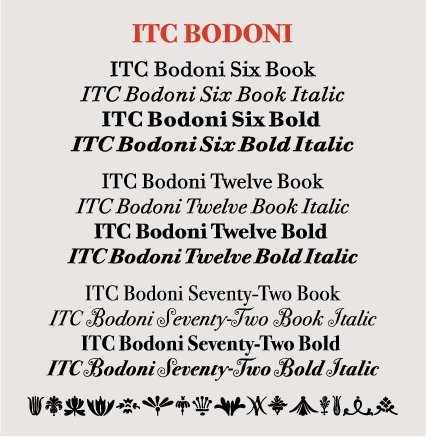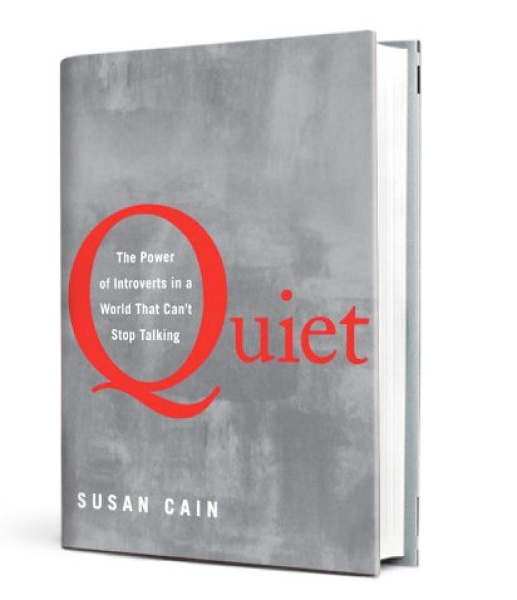When you were being educated about the value and benefits of the product that you would be selling, did you learn everything there is to know about the product? Most likely, no. It’s not that your company withheld information about your product, it’s just that even they probably don’t know all of the uses, benefits, or value of their own product. So how do you find out this information? Ask your customers.
Your customers can tell you things about your product (good and bad) that will help you in the sales process and make you more prepared to overcome the challenges of selling your product. But you have to ask them. They’re not likely to volunteer this information just because you sell the product, but they would be happy to share their experiences with you. It gives them a feeling of authority with your brand.
Here’s an example: WD-40 was developed as a lubricant (water displacement) for machinery parts. It solved a common problem for many industries. It was later revealed in Reader’s Digest that there are many additional uses for WD-40 beyond lubrication. Their customers were the ones that figured out these uses, most likely out of necessity to solve unforeseen problems, and applied WD-40 to solve the issue. One of those uses was for roach extermination. I highly doubt that the inventors of WD-40 knew, or invented WD-40 with roach extermination in mind. But, they never would have known this without the feedback from their customers.
What can your product do that you’re not aware of? You don’t have to brainstorm new solutions for your product to solve, just ask your customers. Use the feedback provided by your customers in your discussions with new prospects. You’ll find that it will make those prospects more engaged and receptive to your product helping solve their issues too. It’s worked for me.
Actively ask your customers how they use your product and you might be surprised what they tell you. The other thing that might surprise you is that you might get invited to lunch with the CEO more often, too.
Contributed by Jeff Vice.












